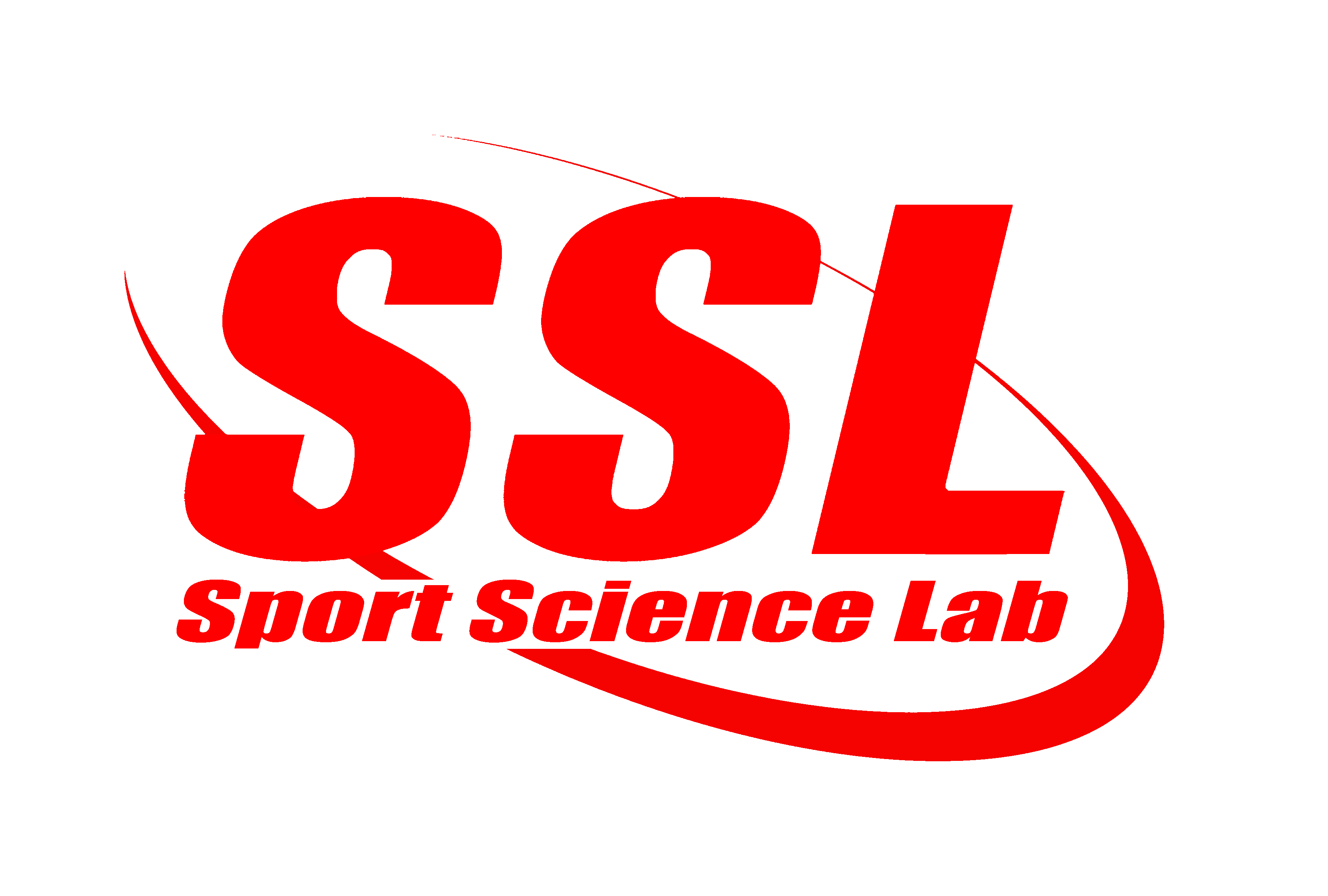Strengthwork
Conventional weightlifting systems consider strength to be the ability to lift a maximal amount of weight in an unlimited amount of time and is often measured as 1 or 10 rep maximum. Squats, deadlifts, and cleans etc., which form part of these training systems, are done in an unlimited amount of time and not at the speed or angles at which the athlete's chosen sporting activity occurs. This is therefore not a true reflection of the athlete's functional strength capacity.
Functional strength is a product of muscle action initiated and orchestrated by the nervous system, under specific conditions. In the majority of sports, it’s the ability to produce and control force and power in a very small amount of time. The rate of force development therefore contributes much more to athletic ability than maximal strength.
The SSL Strengthwork program takes numerous factors (joint angle, joint orientation, speed of movement, muscle group and type of movement) into account in an attempt to improve nine different types of functional strength. Basic strengthwork starts with the Footwork, Ballwork and Poolwork programs and is progressed to training on SSL custom equipment. The equipment includes the Accelerated Isokinetic Machine ("The Iso"), Kicker, Dominator, Attacker, Oblique/Ab bench, Glut/Ham machine and Pilates reformer (which is not used in the conventional way!).
ACCELERATED ISOKINETIC MACHINE
An isokinetic muscle contraction is one in which the muscle contracts and shortens at a constant and consistent rate of speed. While current technology allows for the production of such isokinetic force, these forces are not produced or measured in a functional movement pattern. Also, the majority of sports require athletes to produce force that allow them to accelerate or build momentum, which current technology doesn't allow. The resistance/opposing force created by the Acclerated ISO constantly matches that of the athlete (as conventional isokinetic machines does), but also allows for the athlete to accelerate the pace at which the force is applied, thereby making this type of training more applicable to sporting activities.
THE KICKER
The muscles of the hips are essential for breaking, stabilizing and propelling an athlete forward, backward, vertically and laterally. Weakness of these muscle have not only been associated with increased risk of knee and other injuries but also impedes athletic performance. The kicker allows us to train the hips in all directions through full range of motion.
THE DOMINATOR
Contact sports also require athletes to pull away/"throw down" an opponent. Imagine for example a UFC fighter that needs to take an opponent to ground. The Attacker allows the athlete to train the movement pattern that simulates these forceful movements.
THE ATTACKER
In contact sports such as American football, rugby or fighting, athletes are required to create forces large enough to drive opponents backward. The Dominator is designed to strengthen and coordinate the upper and lower body in a pattern that mimic the driving force these athletes are required to execute.
THE AB/OBLIQUE MACHINE
During athletic movements, all forces are created or transferred by the proximal part (trunk) of the body. In addition to the Ballwork program, the Ab/Oblique machine is used to strengthen and coordinate the muscles of the trunk in a dynamic manner.
THE GLUT/HAM MACHINE
During the most basic of athletic movements (running and jumping) it is essential that the hamstrings, gluts and lower back muscles work in a sequential, coordinated manner. Exercises done on the Glut/Ham focus of training these muscles while ballistic upper body exercises are often also incorporated.




